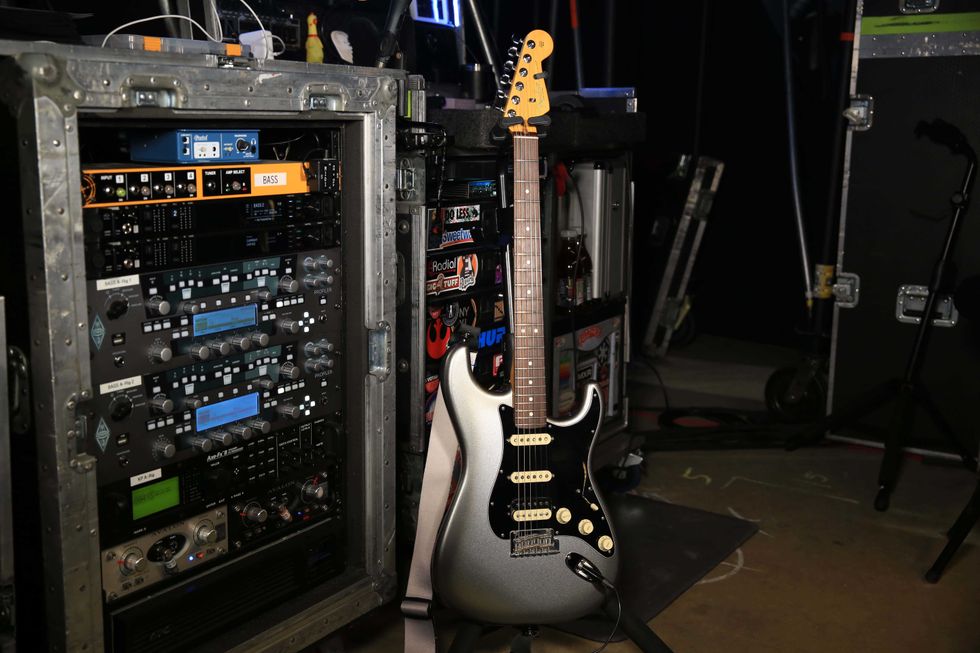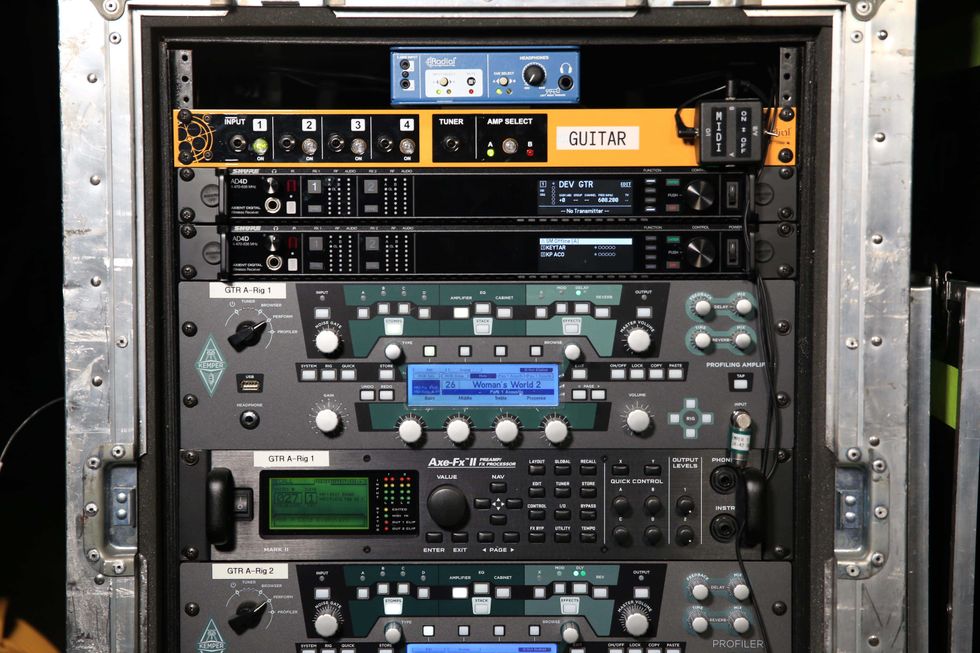In the magical kingdom of strings, bass is the scepter of groove—the all mighty bottom that serves as the sonic anchor, the people mover, the heartbeat. And it can be much, much more. These four players are among today’s more inventive and uncommon stylists on the instrument, and if you don’t know their work, we’re pleased to bring you this crash course.
Eric Deaton - Oxford Mississippi

“It’s all about the one,” says Eric Deaton. “You’ve got your one-chord drone, so it’s just a groove and very funky—like James Brown’s bass players.”
Photo by Chris Johnson
Eric Deaton got his break one night when trance-blues patriarch Junior Kimbrough’s bassist didn’t show up at Junior’s juke joint, in the rolling hills outside of Holly Springs, Mississippi. Deaton was already a regular guest there, on guitar, but after he subbed on 4-string that evening, he became a staple of the low end for members of the region’s revered Kimbrough and Burnside musical families, and many other Magnolia State blues and roots players. In fact, if you’ve spent time in the bars and blues festivals of the middle and deeper South, and you haven’t seen the longhaired, cheerful Deaton bobbing to the beat, you probably had your eyes closed.
Schooled by the Kimbroughs and Burnsides, Deaton’s specialty is the rumbling, loping, snake-charmer’s pulse of north Mississippi hill country, where a subgenre of blues that lays bare the style’s deepest African roots has taken hold for generations. “It’s all about the one,” he explains. “You’ve got your one-chord drone, so it’s just a groove and very funky—like James Brown’s bass players. People talk about how hypnotic it is, and that’s true. Playing it, you feel yourself lifting off a little bit. It takes you to a whole ’nother level. It’s psychedelic!”
While Deaton, who also fronts his own band on guitar, has been a fixture on that circuit almost since he arrived from Raleigh, North Carolina, in the early ’90s with a powerful yearning to play the blues in the land where it began, his profile has risen sharply over the past three years. Major-league raw-and-dirty blues fan Dan Auerbach drafted Deaton for a host of productions, including Jimmy “Duck” Holmes’ Grammy-nominated Cypress Grove, Hank Williams, Jr.’s Rich White Honky Blues, two albums by Robert Finley, and the Black Keys’ Delta Kream. Auerbach also brought Deaton to play bass on the Keys’ 2022 world tour, and special dates to promote his Easy Eye Sound label’s 2023 blues compilation, Tell Everybody.
“I’d never been in front of an audience of that size prior to that, so it was just an amazing experience, to see how a big tour like that is put together and all,” says Deaton, who plays a Blues King PJ made by St. Blues in Memphis. “And musically, it’s been a lot of fun because I am playing the same basslines I’ve been playing since I was 18, but doing that in arenas and Red Rocks and places like that. Because Dan and Pat [Carney, Black Keys drummer] made me a featured artist on the Delta Kream record, we got to share in a Grammy nomination for Best Contemporary Blues Album, too.”
— Ted DrozdowskiDezron Douglas - New York, New York
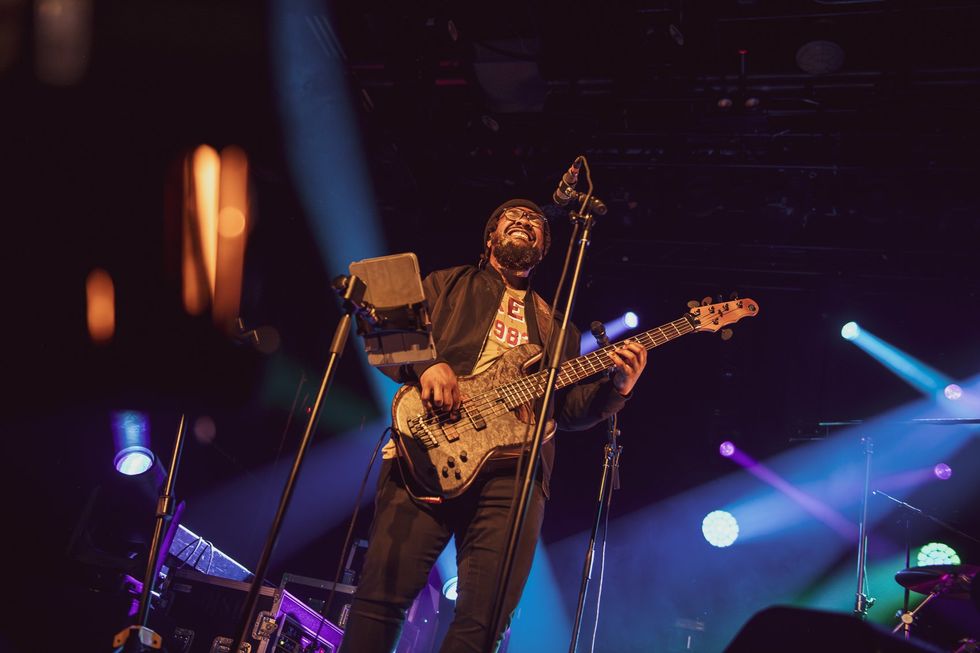
“To be honest with you, I'm never worried about taking a solo. You know, that's really not my job.,” says Dezron Douglas
Photo by Andrew Blackstein
Dezron Douglas is acutely aware of what he needs to do on any given night. Whether he’s playing challenging modern jazz with saxophonist Ravi Coltrane at Birdland or he’s deep in a spacey horn-fueled funk jam at Red Rocks with Phish guitarist Trey Anastasio, the vibration, according to Douglas, is the same. “Too many bass players are thinking about soloing. And you can hear that when they’re playing,” he Douglas shortly before a recent Birdland hit with Coltrane (who he has been working with for 20 years). “To be honest with you, I’m never worried about taking a solo. You know, that’s not my job.”
Douglas’ style is rooted in jazz, but not bound by it. He was mentored in college by legendary saxophonist Jackie McLean and was taught that real music education needs to happen outside of the classroom. “Jackie let me out of school for my first tour ever,” remembers Douglas. That tour was with guitarist Johnnie Marshall and it was a brutal eight-week run through the chitlin circuit. Young Dezron was ready to solo and show his new employer what he could do. “I took a solo. The crowd was clapping and whatnot. And then for the next week and a half, he didn't give me another solo,” laughs Douglas. It was a tough lesson, but taught Douglas that his role needed to be supportive above all else.
Douglas has released a string of solo albums since 2012, led his own quartet at the Village Vanguard, and developed as a composer. His latest album, Atalaya, is a deep portrait of an artist who has not only an original voice on his instrument, but in his tunes. That is increasingly rare in today’s jazz scene, where there’s a trend to value obsessive technicality over melody and groove.
In 2021, after the death of bassist Tony Markellis, Phish guitarist Trey Anastasio chose Douglas to join his solo band. “Tony and Trey had a report for 30 years,” says Douglas. “And, you know, you can't recreate that. All you can do is learn the material, pay homage, and create something different of your own.” Douglas’ intrinsic versatility has been a perfect fit with Anastasio’s soul-funk outfit. “With Trey, I get to be myself,” he says.
—Jason Shadrick
Paul Bryan - Los Angeles, California
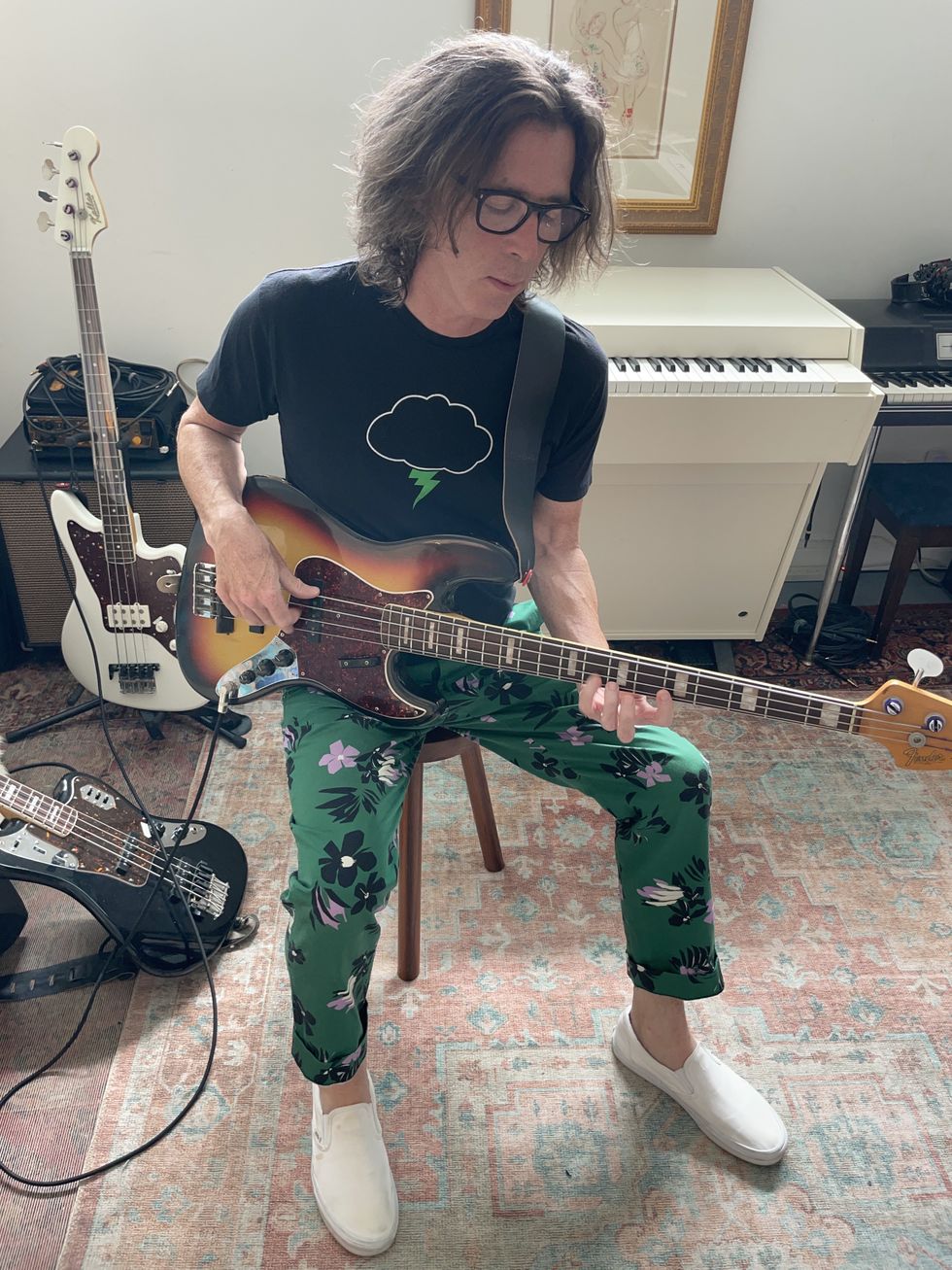
“With the bass, you’re the bus driver, musically,” Paul Bryan explains. “It’s natural to keep your eye on the ball in terms of rhythm, harmony, arrangement, dynamics … developing spaces at the core of all of those things.”
Paul Bryan’s new album, Western Electric, is a journey through melody and groove in service of a futuristic jazz-rock sound that references classic jazz, dub, and post-rock. Bryan’s groovy and lyrical electric bass welds musical elements, intertwining with drummer Jay Bellerose, saxophonist Josh Johnson, and overdubbed synths, all often generously dosed with effects. Each sound is in service of a bigger picture—the kind of cohesive vision he seems to bring to each project.
“With the bass, you’re the bus driver, musically,” Bryan explains. “It’s natural to keep your eye on the ball in terms of rhythm, harmony, arrangement, dynamics … developing spaces at the core of all of those things.” And he does so on a wide variety of projects. Over the course of his career, Bryan’s played bass on recordings by many artists, including Norah Jones and Mavis Staples, and is in Aimee Mann’s band in addition to having produced five of her albums. He’s also a member of the Los Angeles creative-music scene, where he’s active as a player, engineer, and producer.
As much as Western Electric is a product of that fertile scene—which also includes Johnson and Bellerose—it’s so clearly from Bryan’s brain. The Fender Jazz and Jag player is an obvious record head, citing Jo Jones and Milt Hinton’s Percussion and Bass and Sonny Rollins’ Way Out West as references—both of which sound nothing like Bryan’s record to a casual listener. But the concept is clear, foregrounding the relationship of his melodic, effects-heavy playing and Bellerose’s deep grooves.
And beyond the playing, Bryan approaches the album’s sonic details like a dub master: “Once you've heard something for 20 seconds, your brain goes, ‘Okay, I know what that is.’ So, I’ll do some cool reverb trick or add some cool low-end thump. I’m always trying to reset the table throughout the song.”
—Nick Millevoi
Sébastien Provençal - Montreal Quebec
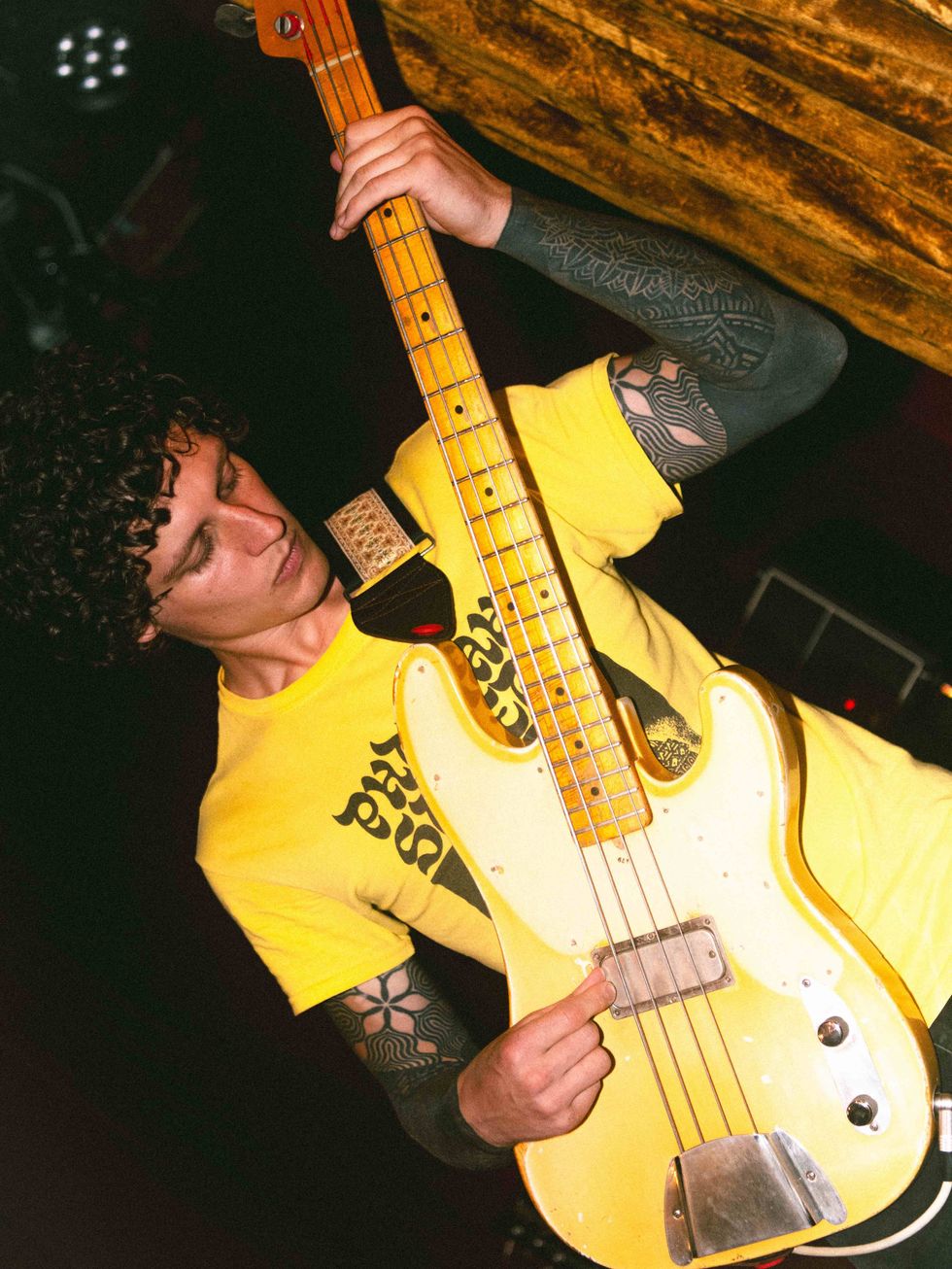
“It’s all about notes duration, my intentions behind the notes, the tones, and being blessed to play in a band with my best friends, who are amazing musicians,” says Sébastien Provençal.
Photo by Vincent Gravel
It was pouring rain when Population II took the stage in Montreal’s Parc La Fontaine on June 23. The hometown trio were headlining a progressive celebration for Québec independence on the eve of St.-Jean-Baptiste Day—the Francophone Canadian province’s equivalent of the Fourth of July. A couple hundred people splashed around in the swampy grass to catch the band’s free set, and it was immediately evident why: Population II are one of the most exciting Canadian bands of the decade.
In a trio, all members are especially responsible for the band’s success or failure, but that feels particularly true for Population II, whose daring arrangements and sonic explorations dart between post-punk, jazz, garage, new wave, psych- and prog-rock, and more. Twenty-nine-year-old bassist Sébastien Provençal, sporting a 1968 Fender Telecaster Bass routed through a playground of pedals into a 1972 Hiwatt DR201 and blasted out an Ampeg 8x10, establishes and carries arrangements forward while vocalist/drummer Pierre-Luc Gratton and guitarist/organist Tristan Lacombe thrash and spark around him. Amid the storm in Parc La Fontaine, the combination was euphoric.
Provençal’s opening bass line on “R.B.,” off of this year’s EP Serpent Échelle, is an instant classic, perfectly setting the tone for the song’s mad ramble. The riff is elastic and fluid, but it’s also martial and commanding. This is the heart of Provençal’s playing: It’s playful and exploratory, but executed with such authority and precision that it feels industrial, ruthless. See also his introductory synth-bass gambit on “Orlando,” the stunning opener from their 2023 LP, Électrons libres, du québec. Provençal’s tones often mutate and morph between movements within single songs—it’s clear he puts a ton of thought into not just his arrangements, but the textures they’re presented with. “It’s all about notes duration, my intentions behind the notes, the tones, and being blessed to play in a band with my best friends, who are amazing musicians,” Provençal says. “With this in mind, my style is intentionally bold with a strong sense of vulnerability.”
Provençal’s top influences also offer a vivid picture of his style. Bootsy Collins and Aston “Family Man” Barrett knock up against punk Mike Watt, Can’s Holger Czukay, Yes’ Chris Squire, synth-rock pioneer Simeon Coxe, jazz-prog wizard Hugh Hopper, and Miles Davis’ fusion specialist Michael Henderson (“The best to ever do it on the electric bass,” says Provençal). Excellent bassists have been making smart, challenging weirdo art with their instrument for decades, carving out new meanings of the word “bassist,” but I’m grateful that I get to hear Sébastien Provençal do it here in Montreal, pushing music and this province, and this country, to weirder, cooler places.
— Luke Ottenhof
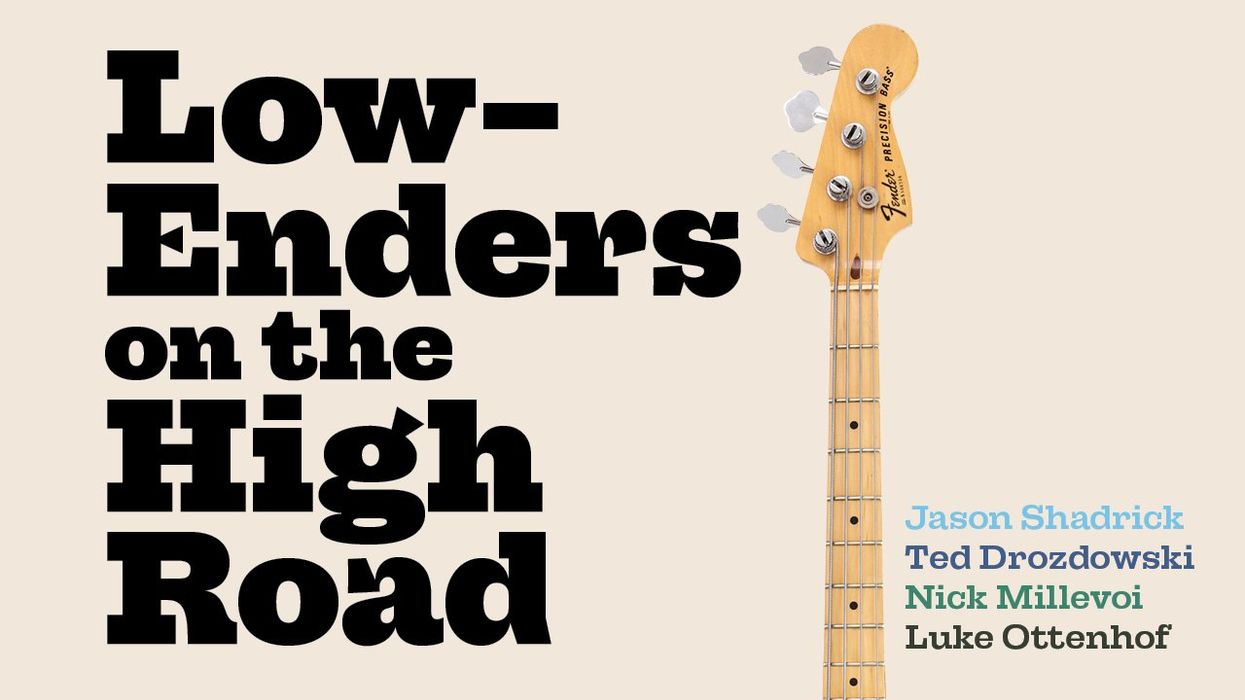
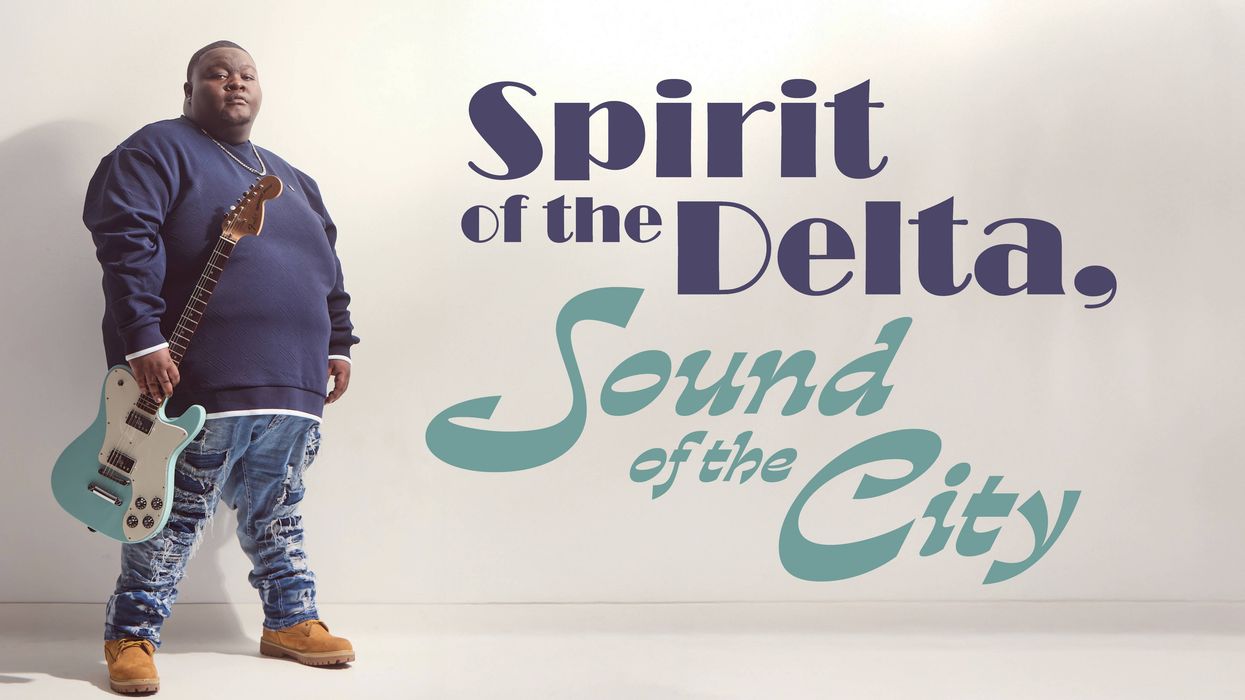
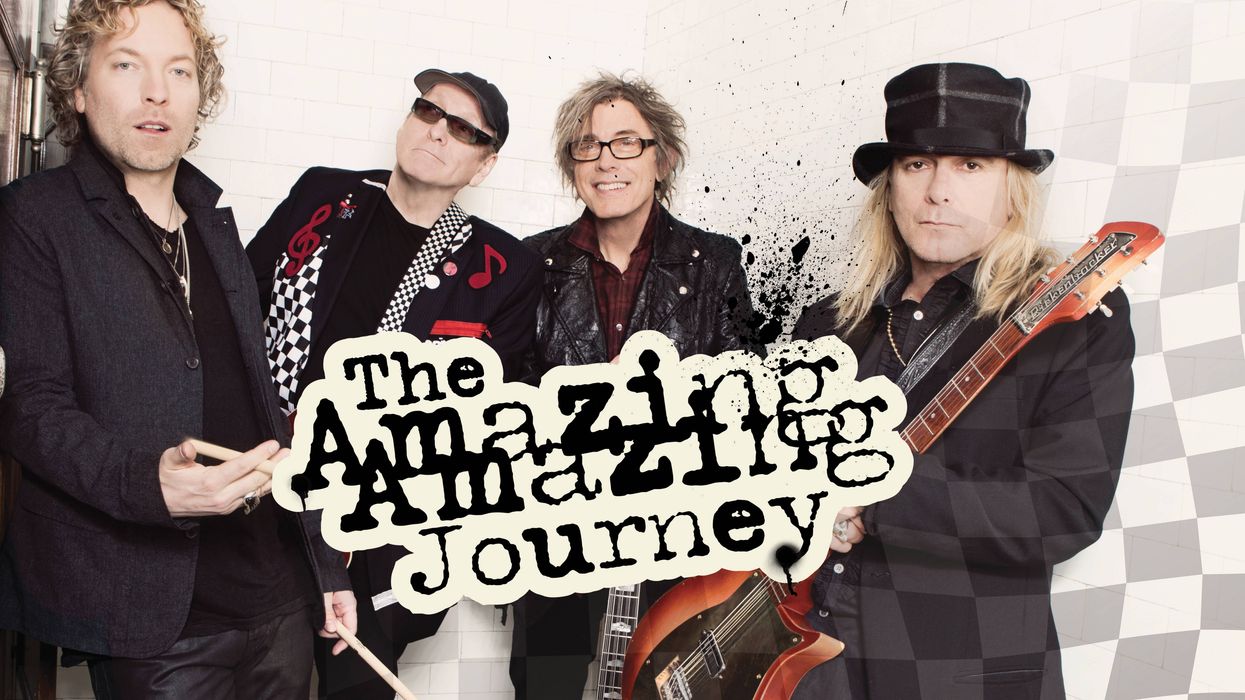
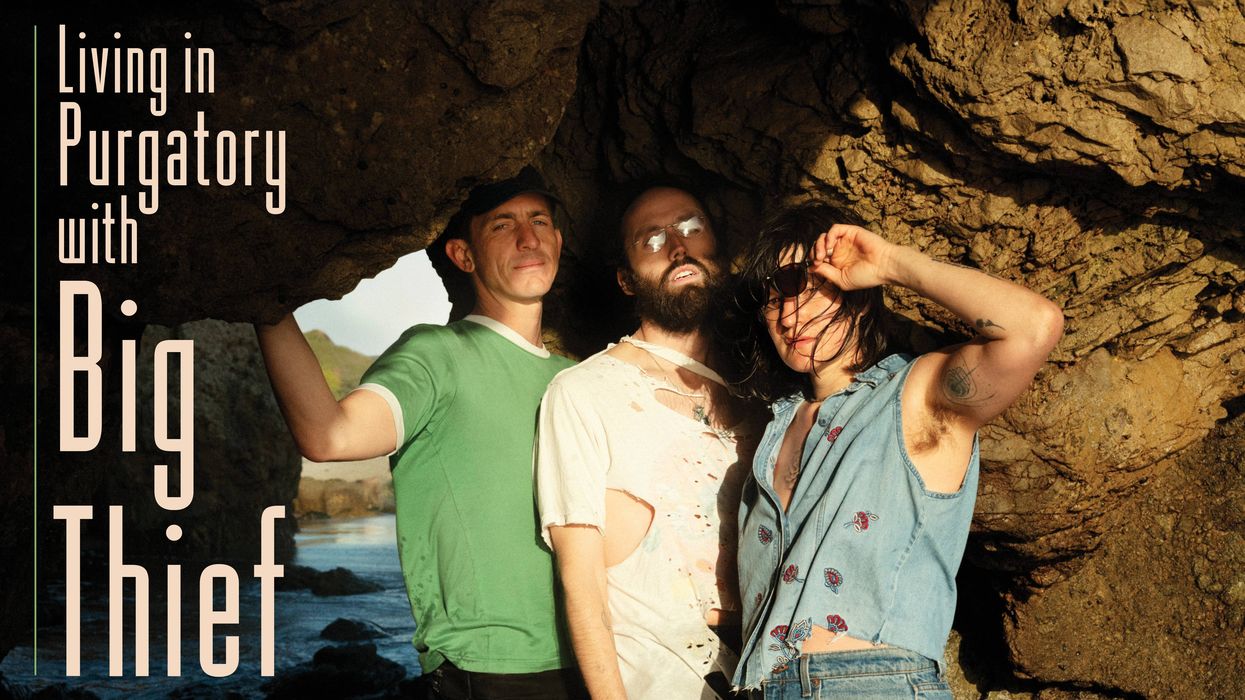
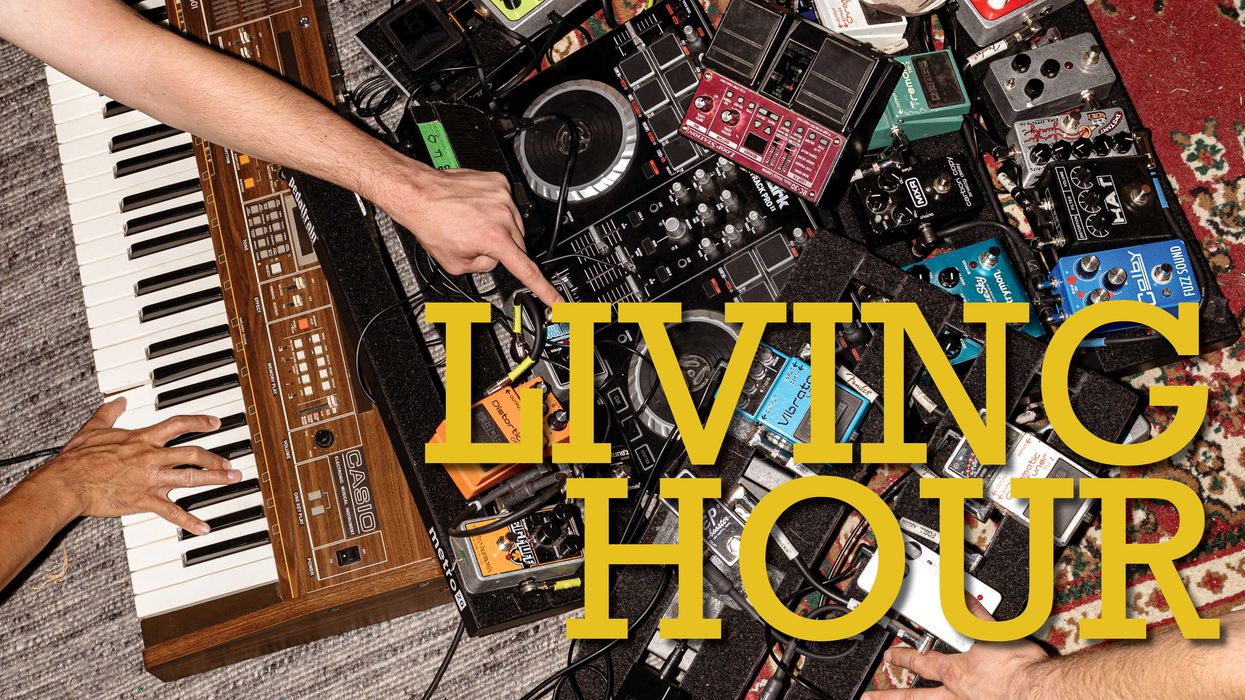

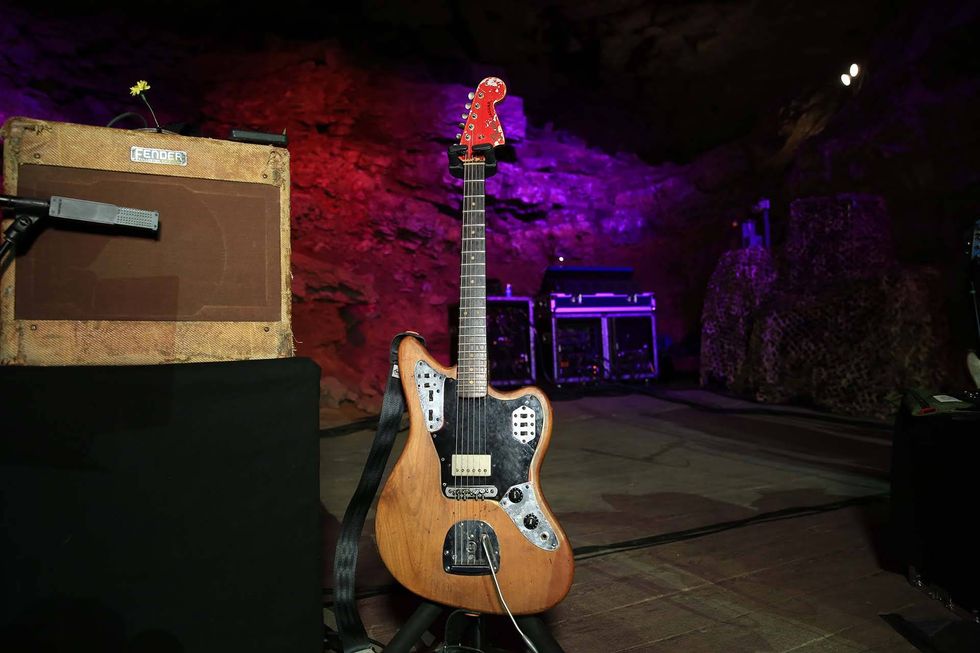
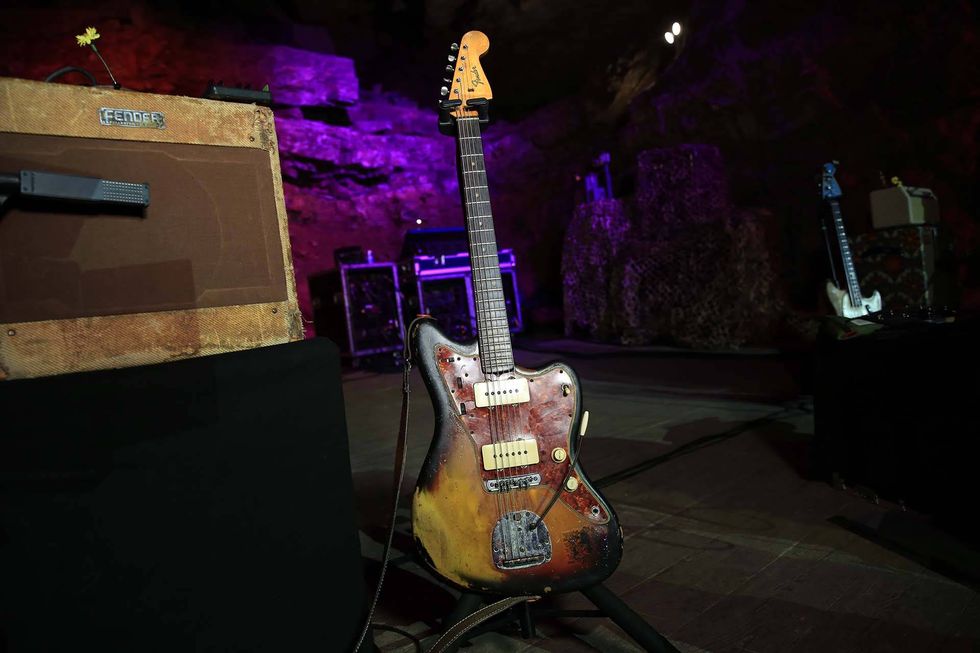
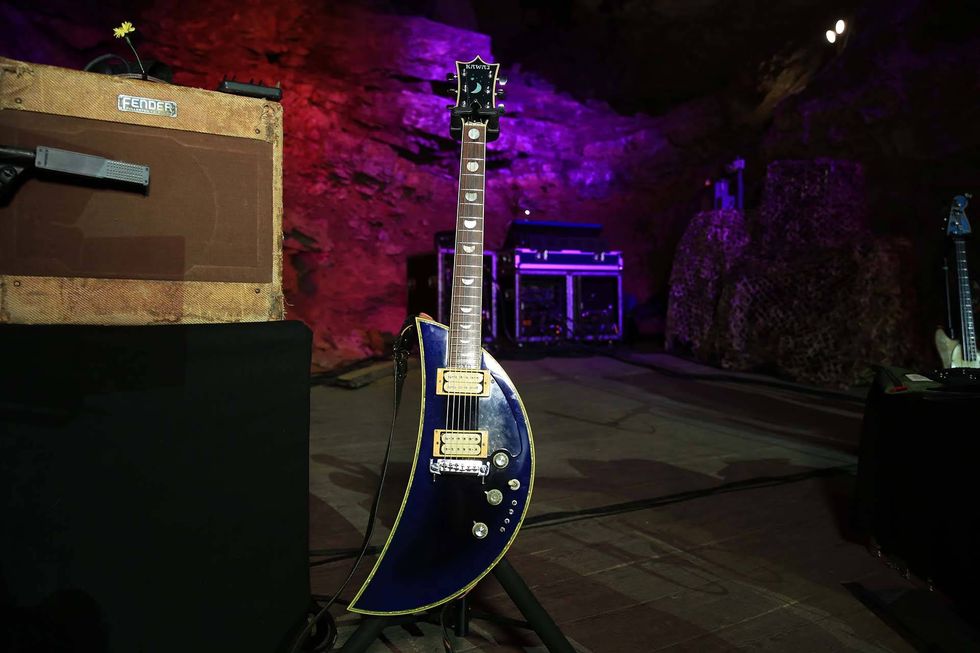


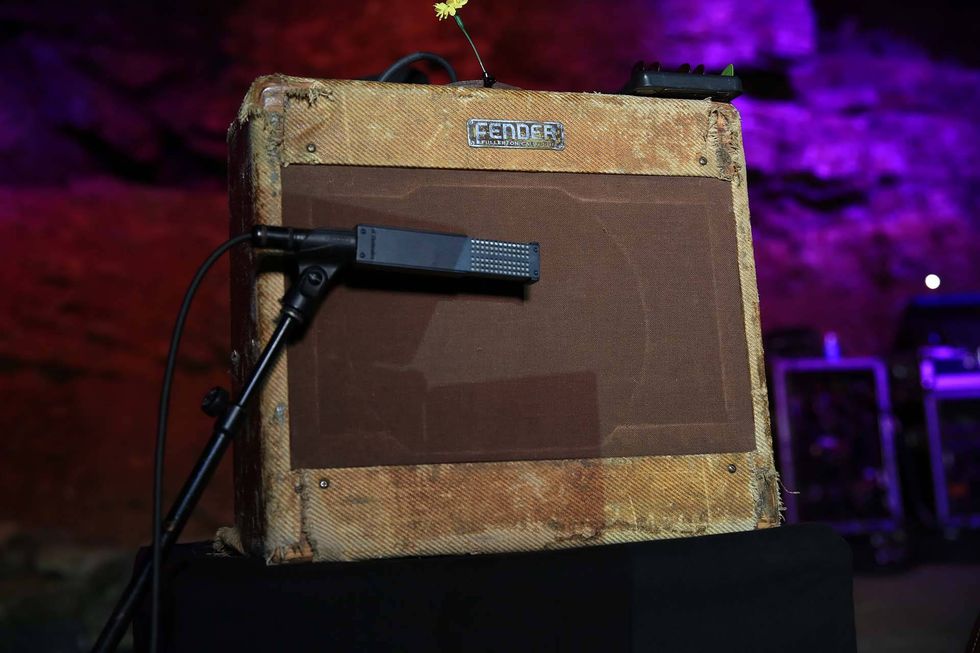
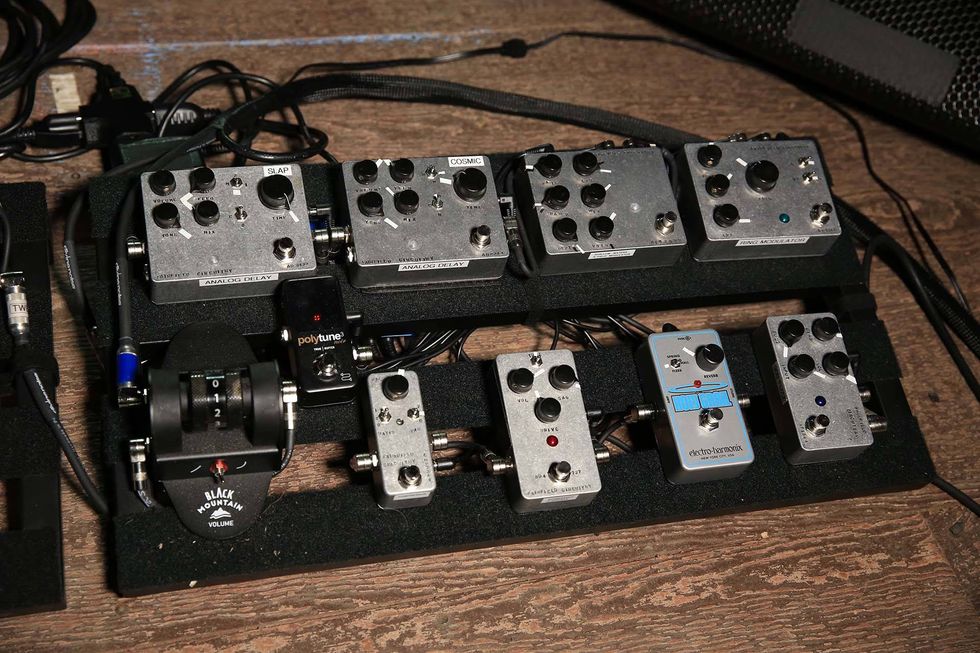



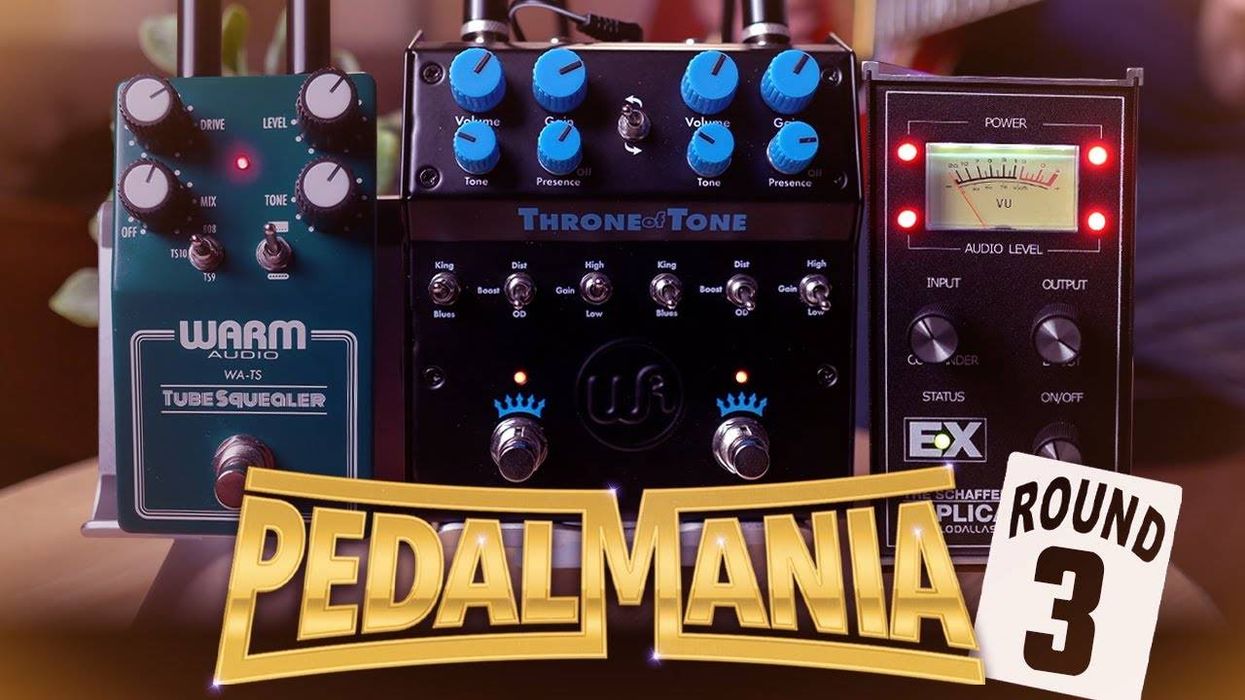

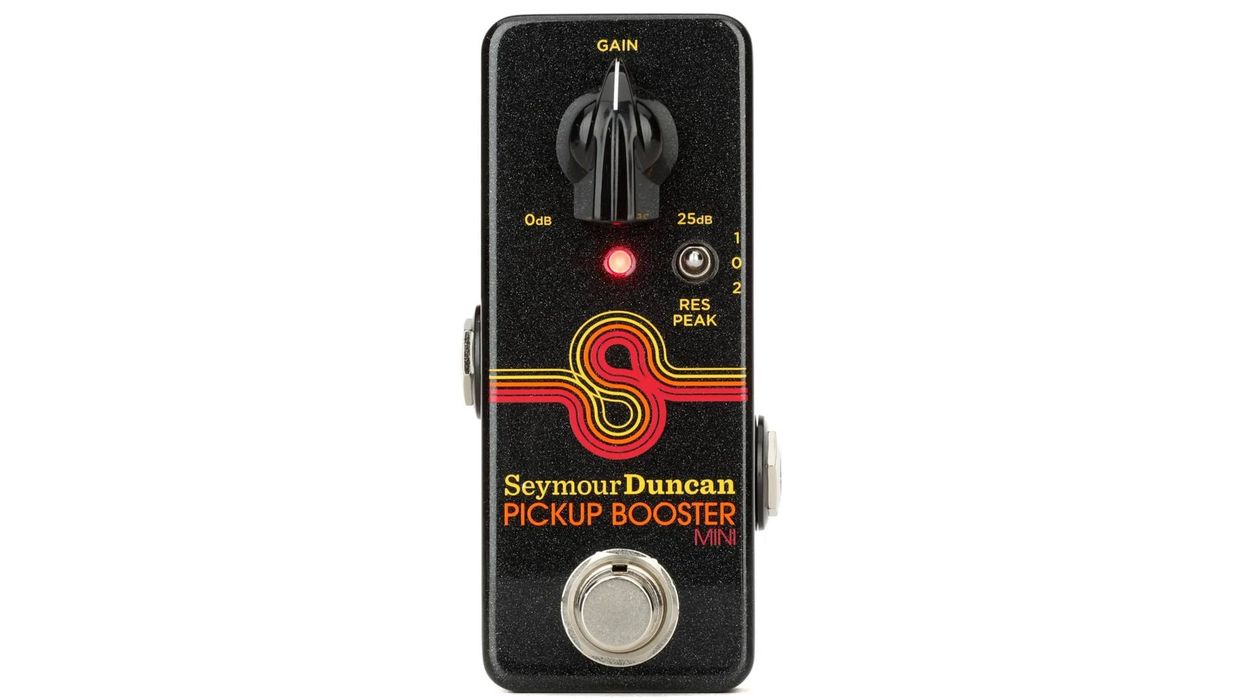

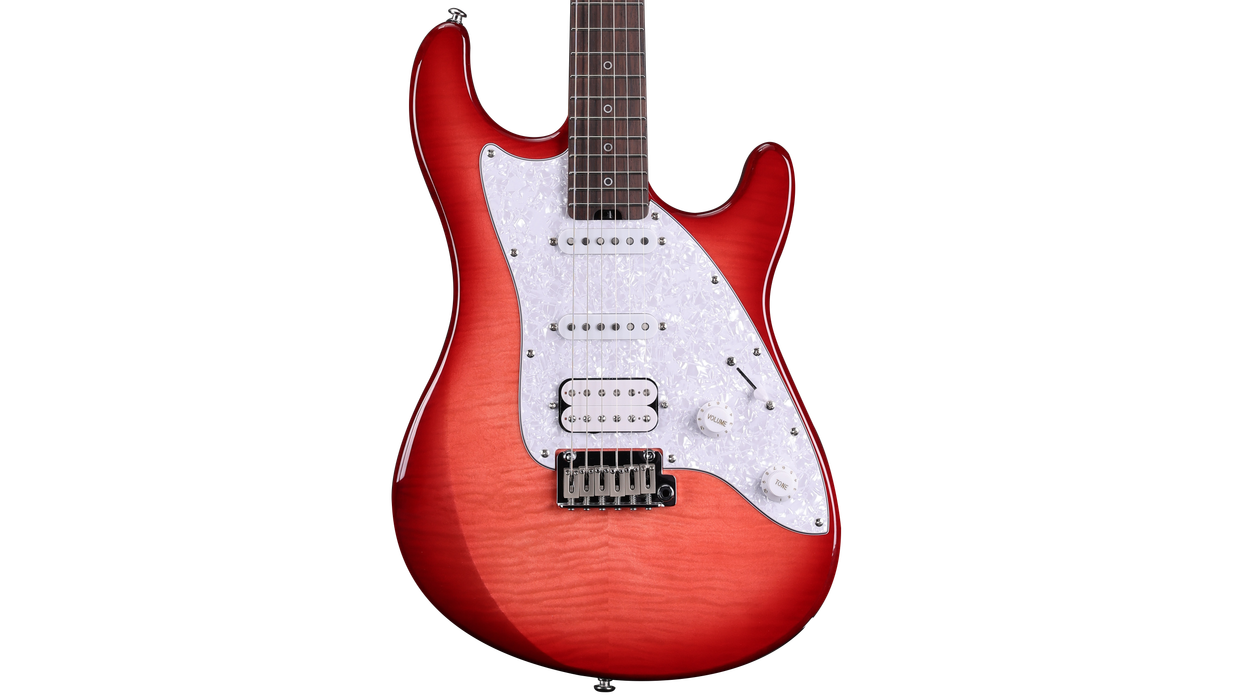
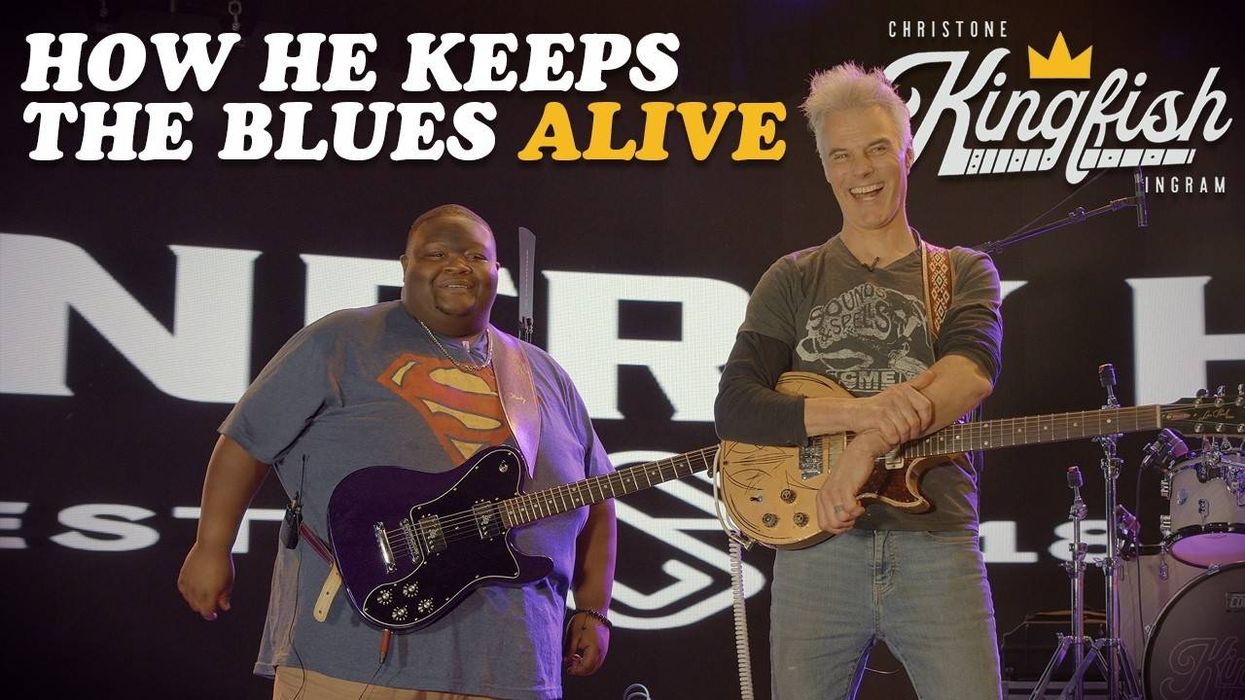
![Rig Rundown: AFI [2025]](https://www.premierguitar.com/media-library/youtube.jpg?id=62064741&width=1245&height=700&quality=70&coordinates=0%2C0%2C0%2C0)












![Devon Eisenbarger [Katy Perry] Rig Rundown](https://www.premierguitar.com/media-library/youtube.jpg?id=61774583&width=1245&height=700&quality=70&coordinates=0%2C0%2C0%2C0)
